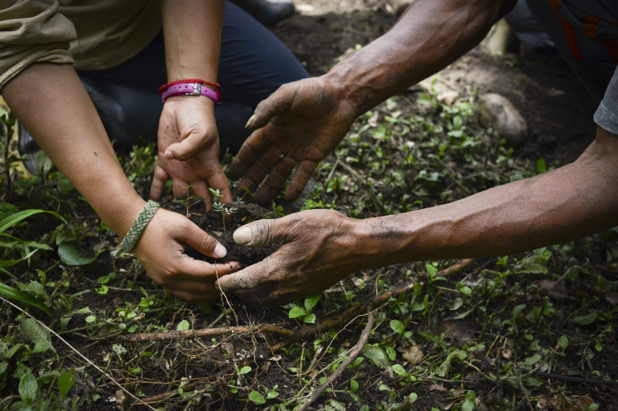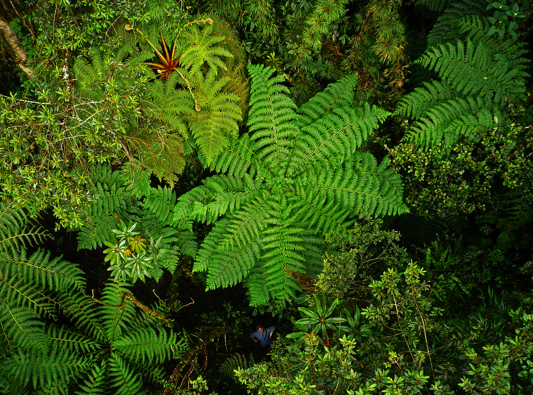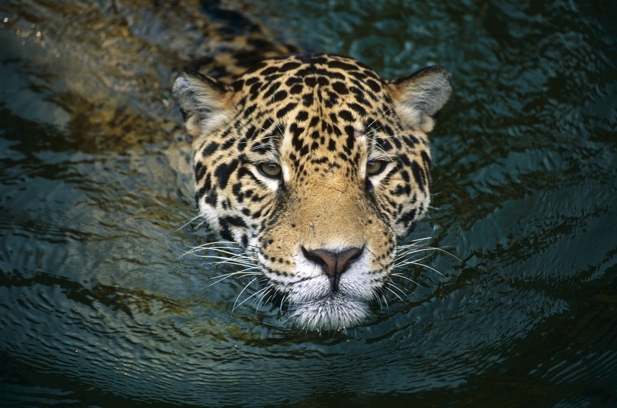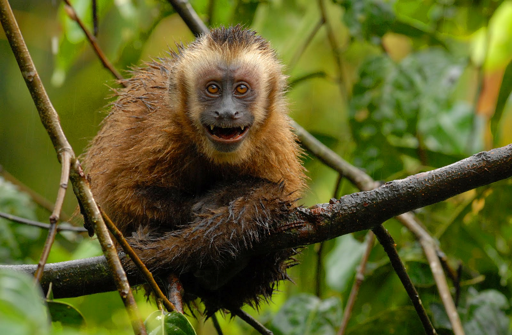By Ana Folhadella, Development and Communications Associate, Amazon Conservation Association
The Amazon rainforest is under attack. While the region still maintains vast tracts of intact, megadiverse, and carbon-rich forests, it faces escalating threats from illegal gold mining, illegal logging, illegal drug plantations, unsustainable agriculture, cattle pastures, and road construction. At current rates, more than half of the Amazon rainforest may be destroyed or severely damaged by 2030.
Keeping the Amazon standing is crucial for our survival as a species. The Amazon has long been recognized as one of the most biologically rich regions on Earth. It is home to millions of species of animals, plants and insects, essential not only to the indigenous communities living in the region, but also to the overall health of our planet. The rainforest is not just some far-away land that gets showcased at National Geographic specials from time to time, and deforestation happening there affects us right here in the U.S.A. This forest stores 80 to 120 billion tons of carbon, which helps stabilize the Earth’s climate. Destroying such a large storage of carbon will have devastating effects on all of our lives.
 The Amazon Conservation Association (ACA) was established for the sole purpose of protecting the Amazon rainforest and all those who call it home. Since 1999, we have been pioneers in conservation, focusing our efforts on a key area where the Amazon rainforest meets the Andes mountains in Peru and Bolivia.
The Amazon Conservation Association (ACA) was established for the sole purpose of protecting the Amazon rainforest and all those who call it home. Since 1999, we have been pioneers in conservation, focusing our efforts on a key area where the Amazon rainforest meets the Andes mountains in Peru and Bolivia.
Our founding program provided financial and technical support for Brazil nut harvesters in Peru, as an incentive for helping protect the Amazon rainforest. We now work with more than 100 communities in the Andes-Amazon to help them make a living in ways that also sustain biodiversity in the forest and have widely expanded our conservation efforts into other areas. Moreover, now we:
- Protect over 3.8 million acres of Amazonian rainforest through the creation of legally recognized protected areas and other conservation strategies;
- Plant tens of thousands of trees every year to help restore damaged habitats;
- Use innovative satellite imagery to monitor deforestation in near-real time and alert key stakeholders of potential illegal activities;
- Host hundreds of researchers annually, who advance our understanding about biodiversity, conservation methods, and the impacts of climate change;
- Partner with indigenous communities to develop forest-friendly livelihoods;
- And much more!

A vital part of our conservation approach is the use of cutting-edge science to inform projects on the ground, promote rational discourse on tough policy questions, and educate and inspire the next generation of conservationists. To this end, we manage some of the best biological research stations in the tropics where each year we host hundreds of scientists and students from all over the world, conduct biological monitoring, and provide workshops and educational opportunities for local communities.
To this date over 200 research projects have been conducted at our stations, including studies on the effects of climate change on amphibians, the impact of overgrazing on threatened high altitude wetlands, the dynamics of mixed-flocks of birds, the diet of Andean bears, and the diversity of orchids in the region.
Dr. Miles Silman, Professor and Director at the Center for Energy, Environment and Sustainability at Wake Forest University stated that ACA’s field stations are our laboratories and windows into the future of Earth’s highest biodiversity area. They are important not only to understand biodiversity now, but how it will survive in the future.

Our scientific approach can also be seen in our Monitoring of the Andean Amazon Project (MAAP), where we use high-resolution satellite imagery from sources like NASA to track deforestation in the Amazon and analyze its causes. Not only do we use science to track this deforestation in near real-time, we also have formed closed alliances with local authorities who now use this data as a key piece of information to stop deforestation before it gets to a point of no return. The information we publicly post on MAAP is strictly scientific and unbiased, which helps authorities and lawmakers utilize it to further conservation efforts.

Not only do we use science-based conservation in all of our protection efforts, we also strive to train the next generation of conservationists who will be at the forefront of environmental conservation years from now. We believe that supporting new conservationists early in their careers will be key in ensuring the Amazon is protected by trained experts for generations to come.
ACA’s very own General Science Coordinator, Sandra Almeyda, started off as a scholarship recipient and is now a full-on biologist contributing to the protection of the Amazon. “I started my scientific career thanks to a scholarship granted by ACA to develop my undergraduate thesis,” she says, “now as the General Science Coordinator, one of my main motivations is to inspire young scientist and provide them with opportunities to follow their passion, to experience science first hand, and to fall in love with their profession, like I did.”

We hope you will join our conservation journey to keep the Amazon rainforest safe and our climate in check. You can make a difference by:
- Keeping up to date on conservation issues and efforts in the Amazon by subscribing to our monthly newsletter and sharing it with your loved ones.
- Following us on Facebook, Twitter, and Instagram and posting your own #Amazonian #conservation stories and tagging us — we just might share it on our page;
- Visiting our biological stations or volunteering with us to support wildlife monitoring and ecotourism projects in Peru;
- Getting informed by contacting us with questions about our stations or our work at info@amazonconservation.org.
Learn more about how your support is helping protect the Amazon and how you can become a conservation hero at http://www.amazonconservation.org/.
PS: All the beautiful images in this post were taken at our biological stations in Peru and have NOT been photoshopped! Come experience this magical place in person!
